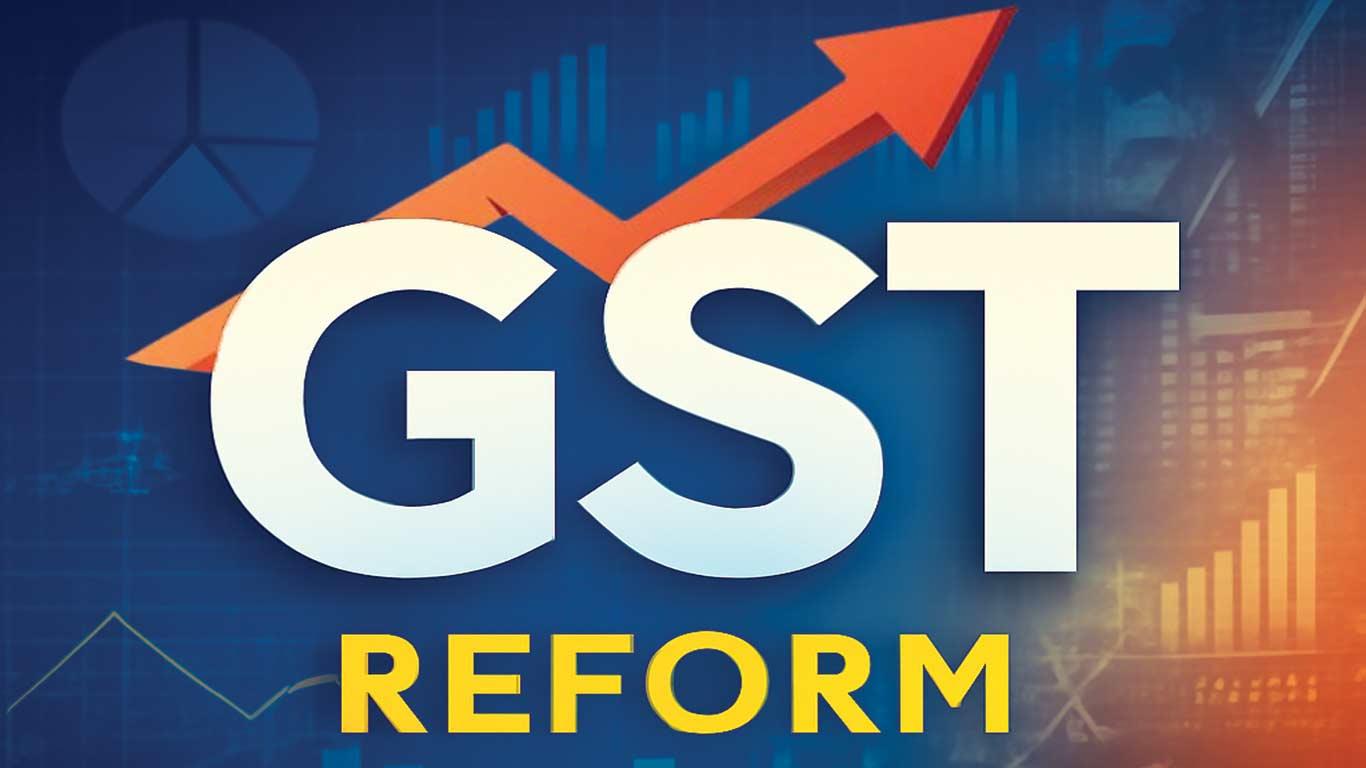GST Reform: Council Clears New Twin-Rate Structure, Cuts Tax On Over 175 Goods From Sept 22
The new structure will operate on four slabs-0 percent, 5 percent, 18 percent and 40 percent-with most goods previously taxed at 12 percent or 28 percent moving into the 5 percent or 18 percent categories.
Essentials and clean energy inputs will become cheaper, while luxury and harmful goods will continue to attract the highest rates.
The key changes include a simplified GST structure with two primary slabs of 5 percent and 18 percent, along with a 40 percent levy on luxury and sin goods such as tobacco and high-end vehicles.
More than 175 products-ranging from shampoos and hybrid cars to televisions, electronics, and food items-have moved to lower tax slabs, making them cheaper.
Sectors expected to gain from these adjustments include automobiles, fast-moving consumer goods (FMCG), textiles, insurance, agriculture, healthcare, and renewable energy.
Everyday essentials will see steep cuts. Ultra-high temperature milk and Indian breads have been exempted from GST, while paneer, butter, ghee, condensed milk, pasta, sauces, chocolates, confectionery, dry fruits, and savoury snacks will now attract just 5 percent. Toiletries such as toothpaste, hair oil, soaps and shaving cream have also moved from 18 percent to 5 percent.
For agriculture, fertilisers, pesticides, irrigation equipment, tractor parts and machinery have been reduced to 5 percent from earlier rates of 12–18 percent.
Healthcare products such as syringes, bandages, thermometers, diagnostic kits, medical oxygen and corrective spectacles now fall in the 5 percent bracket. Life and health insurance premiums have been reduced to nil GST.
Education-related goods, including maps, charts, notebooks, crayons and pencils, will now be tax-free.
Electronics and appliances such as air conditioners, larger televisions, dishwashers and projectors have been shifted from 28 percent to 18 percent.
Automobiles, including petrol, CNG and LPG hybrid cars under 1200cc, have also moved into the 18 percent slab.
Renewable energy devices, sports goods, toys, construction materials, handicrafts and leather products will now attract 5 percent GST.
Sin goods remain under steep levies. Tobacco products, pan masala, gutkha and related items will continue to face high GST plus cess, now calculated on the retail sale price instead of transaction value.
Sweetened and flavoured drinks, including aerated waters, will see GST raised to 40 percent, up from 28 percent.
While the reforms are expected to stimulate consumption and lower compliance costs for businesses, some states, including Kerala, Punjab and West Bengal, have flagged potential revenue losses estimated at Rs 8,000–10,000 crore.
Officials said the restructuring is designed to reduce compliance burden, simplify the tax regime and boost predictability for businesses. Market analysts expect the cuts to spur demand across automobiles, electronics and FMCG, while easing input costs for small enterprises.
(KNN Bureau)
Legal Disclaimer:
MENAFN provides the
information “as is” without warranty of any kind. We do not accept
any responsibility or liability for the accuracy, content, images,
videos, licenses, completeness, legality, or reliability of the information
contained in this article. If you have any complaints or copyright
issues related to this article, kindly contact the provider above.
Most popular stories
Market Research

- Daytrading Publishes New Study On The Dangers Of AI Tools Used By Traders
- Primexbt Launches Empowering Traders To Succeed Campaign, Leading A New Era Of Trading
- Wallpaper Market Size, Industry Overview, Latest Insights And Forecast 2025-2033
- Excellion Finance Scales Market-Neutral Defi Strategies With Fordefi's MPC Wallet
- ROVR Releases Open Dataset To Power The Future Of Spatial AI, Robotics, And Autonomous Systems
- Ethereum-Based Meme Project Pepeto ($PEPETO) Surges Past $6.5M In Presale






















Comments
No comment